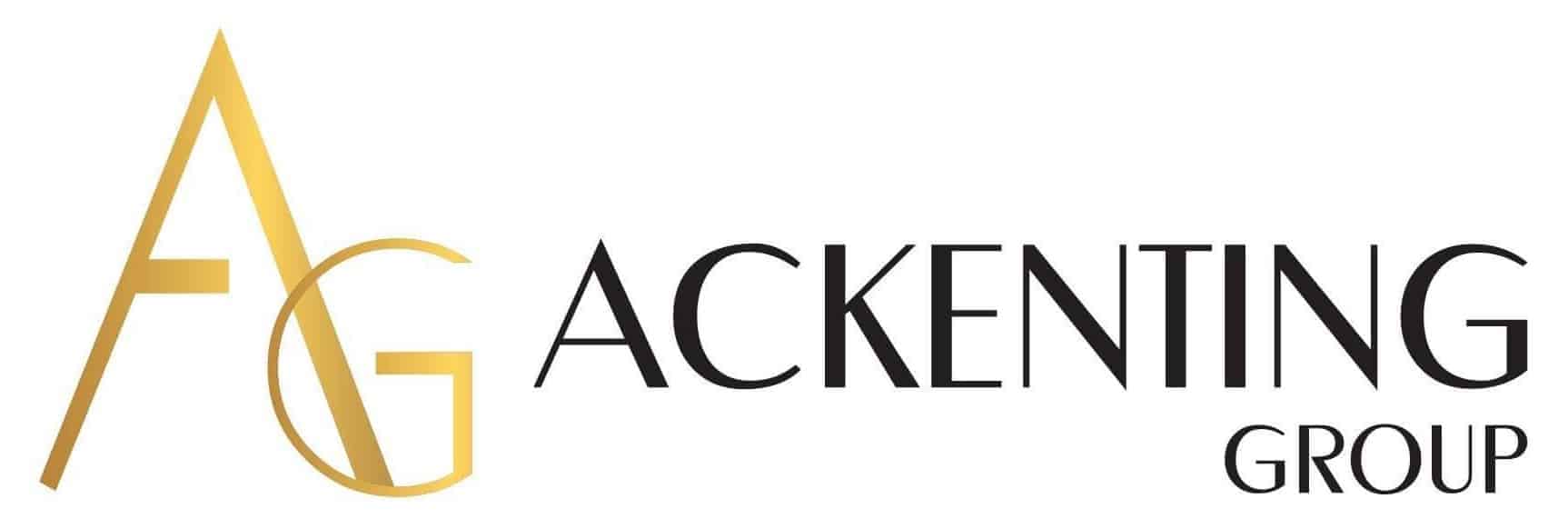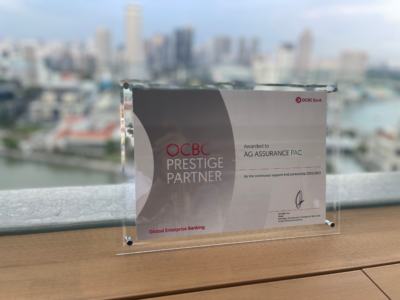Preparing for an audit requires extensive preparation, from gathering and reviewing the necessary financial documents to updating reconciled ledgers and journals. While working with a professional accountant and auditor can be beneficial, knowing what you need to gather and expect can help you streamline the process. It also helps you identify internal control gaps, ensuring financial transparency and credibility for your business.
What to Expect During a Business Audit
While the scope may vary based on your company’s size, industry, and the complexity of your reporting, the general flow for an audit in Singapore typically follows these stages.
1. Initial Planning and Auditor Briefing
The audit process starts with an initial meeting between your team and the auditors. This kickoff meeting is to establish a clear understanding of your business’s nature, its key operations, and any recent changes.
The auditor will discuss the scope of the audit, establish a timeline for fieldwork, and outline the specific information and documentation they’ll need from you. This phase is also your chance to ask questions and clarify expectations, setting the stage for a collaborative and transparent process.
2. Financial Records and Documentation Review
Auditors will meticulously examine ledgers, invoices, contracts, bank statements, and other source documents to verify that your financial statements are accurate and reliable. The focus is on consistency, completeness, and compliance with the Singapore Financial Reporting Standards (SFRS). During this stage, auditors are looking for a clear trail that links every transaction in your books back to a valid source document.
3. Sampling, Testing, and Control Checks
Auditors don’t typically review every single transaction. Instead, they use a process called “sampling” to test a representative portion of your financial records. This allows them to form an opinion on the entire set of financials.
They will also perform internal control assessments to check if your company has adequate systems in place to prevent errors or fraud. This may involve testing selected transactions for accuracy and traceability, ensuring that your internal processes are functioning as intended.
4. Audit Findings and Feedback
After the fieldwork is complete, the auditors will prepare an audit report. This report contains their professional opinion on whether your financial statements present a true and fair view of your company’s financial position. The report may also include a management letter, which provides observations on any discrepancies they found, highlights internal control gaps, and offers recommendations for improvement.
How Does a Company Prepare For an Audit?
By taking these practical steps ahead of time, you can reduce stress, avoid unnecessary delays, and present your business in the best possible light.
1. Stay Informed on Statutory and Reporting Requirements
The regulatory landscape is always changing, so it’s vital to stay current with the requirements of ACRA and IRAS. Also, be aware of your company’s filing deadlines, its specific audit threshold, and the financial reporting formats it must adhere to under SFRS.
Having a solid understanding of these audit requirements helps you to meet all legal obligations and avoid penalties like fines up to S$50,000 or imprisonment up to 2 years due to non-compliance with ACRA.
2. Proactively Gather Supporting Documents
Don’t wait for your auditor’s request list. Start assembling the documents they will likely need well in advance. This includes all receipts, sales invoices, purchase orders, payroll reports, employee contracts, loan agreements, and lease contracts. Moreover, anticipate potential red flags or questions auditors might ask about specific transactions and have the relevant documentation ready to support your entries.
3. Review and Organise Your Financial Records
Conduct a thorough internal review of your financial records. Ensure all ledgers, journals, and bank reconciliations are current and error-free, and cross-check entries against their supporting documents to confirm accuracy. A clean, well-organised set of books not only makes the auditor’s job easier but also demonstrates your commitment to financial accuracy and transparency.
4. Revisit and Strengthen Internal Controls
Your internal controls are the processes and policies you have in place to safeguard assets, ensure data accuracy, and promote operational efficiency. Take time to assess your accounting procedures, approval workflows, and access controls.
In case you identify any gaps, document the improvements you’ve made. And having strong internal controls provides assurance to auditors and signals that your business is well-managed.
5. Get Help from an Accountant or Bookkeeper
If your in-house resources are limited or if your team lacks specialised expertise, consider engaging an external accountant or bookkeeping firm like AG Singapore. Our experienced accountant can help ensure your records are properly prepared, your statements are compliant, and your books are in order before the audit even begins.
SME Audit Planning Checklist
To help you get organised, here is a structured audit planning checklist of what your business should prepare before your auditors arrive.
1. Draft Budget Projections for the Financial Year
Prepare a detailed set of forward-looking budgets that articulate your company’s financial expectations for the year under audit. This involves itemising projected revenue, operating expenses, and cash flow.
For these projections to hold weight, you must make sure that all assumptions are logically justifiable. Whether you base them on historical data or on a solid business plan, a well-supported budget provides auditors with the necessary context to effectively evaluate your financial health and performance.
2. Organise All Receipts, Invoices, and Expense Records
You should systematically file and label all receipts, invoices, and expense documents by date and category. For example, have separate folders for utilities, marketing expenses, and payroll to make the process more efficient. Also, maintaining digital copies in a secure, accessible cloud folder provides easy retrieval and access for auditors.
3. Profit and Loss, Cash Flow, and Balance Sheet Reports
Gather all your financial statements, such as the profit and loss statement, the cash flow statement, and the balance sheet, and verify that they are up-to-date, accurate, and aligned with SFRS. To guarantee consistency and avoid discrepancies, cross-check them against your bookkeeping entries.
4. Update and Reconcile Ledgers and Journals
Ensure every single income and expense is correctly recorded in your general ledger. It’s recommended to reconcile these records with your corresponding bank statements and credit card transactions on a regular basis. By doing so, you can catch and correct any inconsistencies before they become a more significant problem during the audit.
5. Track Inventory and Maintain Fixed Asset Records
Maintaining meticulous records for physical assets is a non-negotiable part of audit preparation. To that end, be sure to account for all your stock, raw materials, and equipment, accurately documenting their acquisition costs and quantities as well as their conditions for transparency.
6. Review and Organise Payroll Documentation
Ensure that your payroll reports are comprehensive, detailing everything from Central Provident Fund (CPF) contributions and bonuses to unpaid wages and leave payouts. Furthermore, confirm that all tax reliefs and other staff-related liabilities are correctly recorded and reconciled.
7. List and Settle Outstanding Liabilities
Identify and document all your unpaid vendor bills, loans, and tax obligations. For any liabilities you are unable to settle prior to the audit, be sure to prepare a detailed explanation and all relevant supporting documentation. Maintaining this transparency on your financial obligations is crucial for meeting audit compliance standards.
How AG Can Help

Rather than viewing an audit as a burden, you can see it as an opportunity for growth and financial health. This is where partnering with an experienced accounting firm becomes a strategic advantage.
At AG, a trusted accounting company and an OCBC Prestige Partner in Singapore, we offer comprehensive audit services for SMEs to help you stay compliant. Our team of ACRA-accredited auditors works closely with you to organise your records, review your ledgers, and identify potential gaps, helping you gather valuable insights into your business’s financial health. Moreover, we provide end-to-end accounting services, from bookkeeping and payroll to financial statement preparation, to help your business become audit-ready with confidence.
Let us help you achieve a stress-free audit and reinforce your business’s integrity and long-term value.
For more auditing insights, check out how to audit corporate governance to help you ensure that governance structures are not only in place but also functioning as intended in your business.














